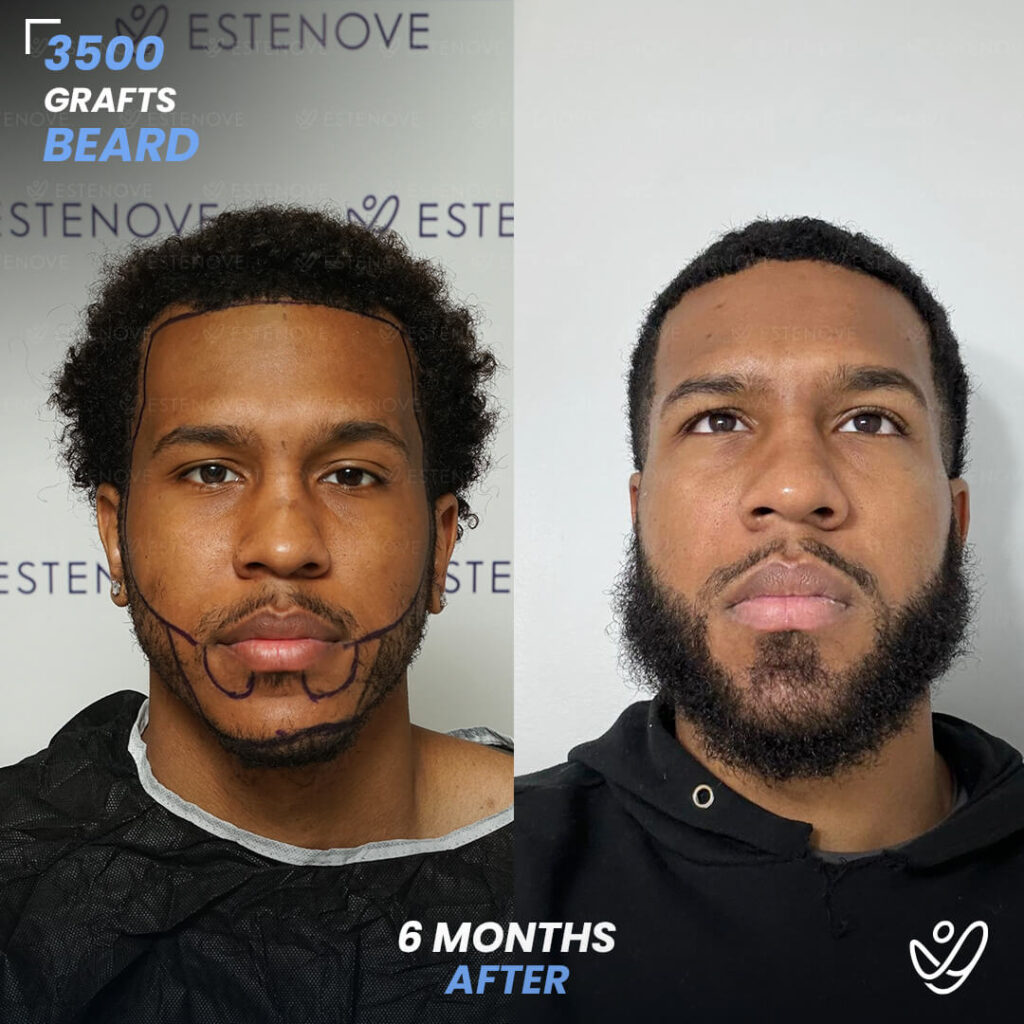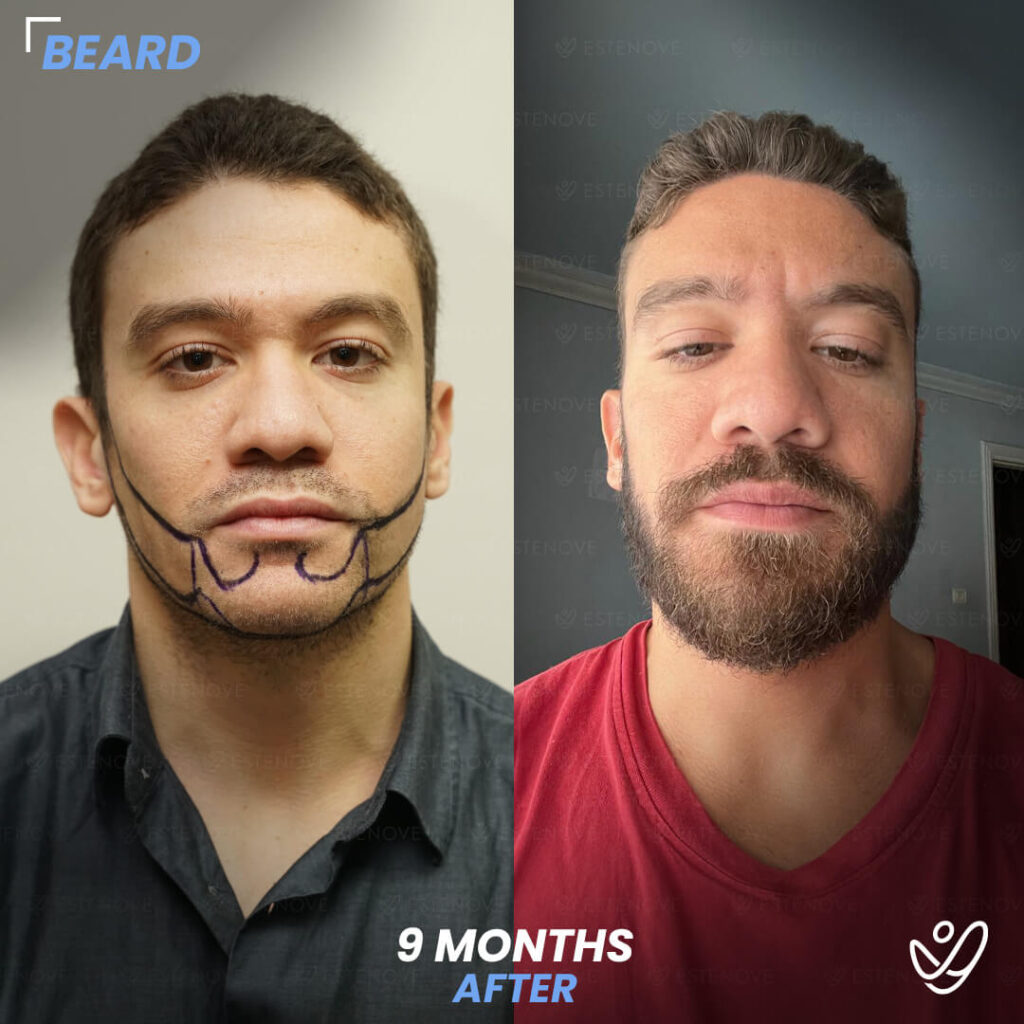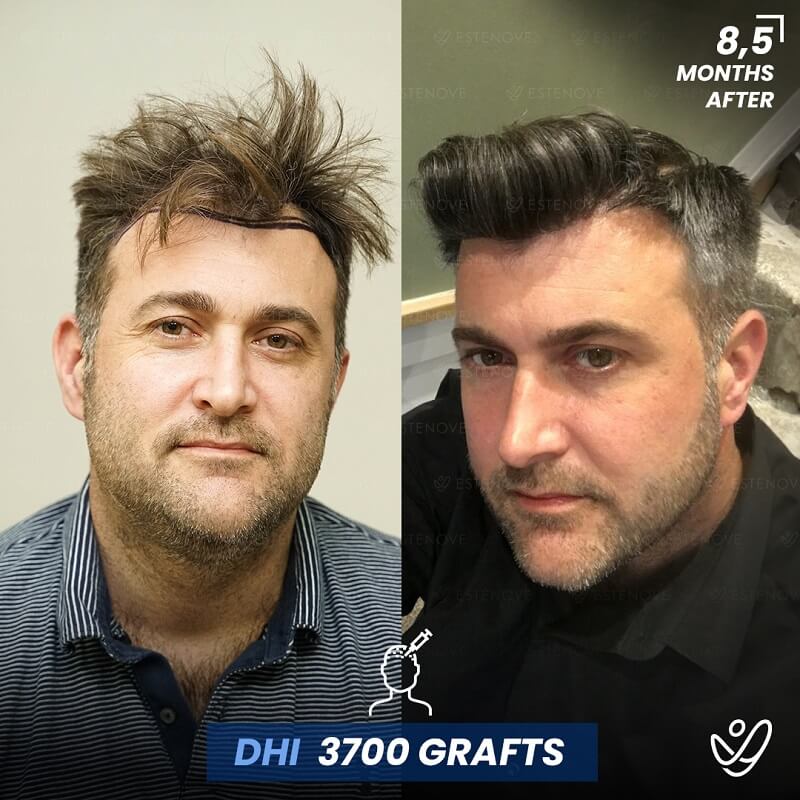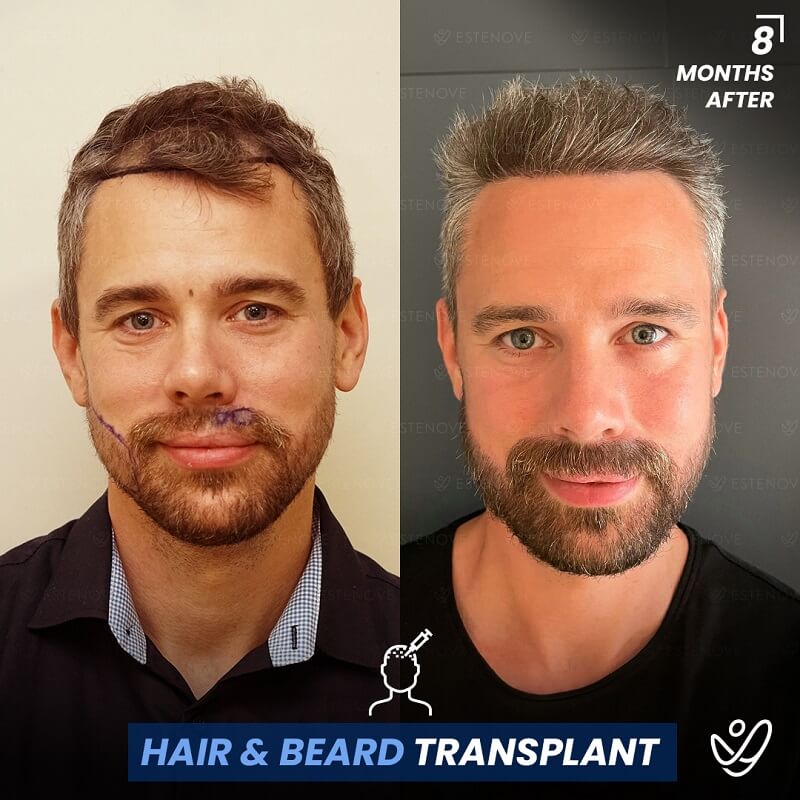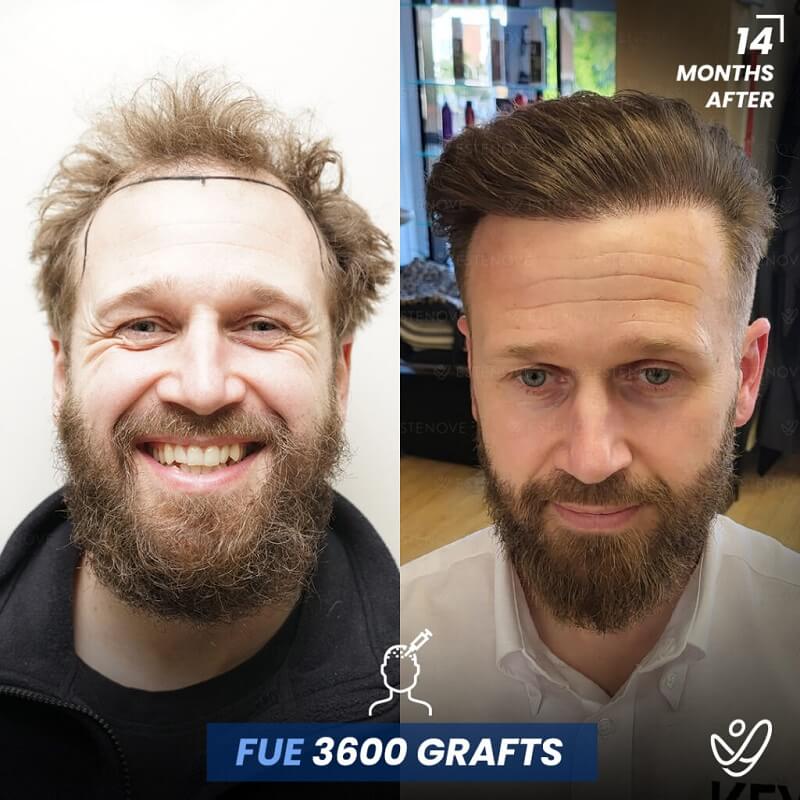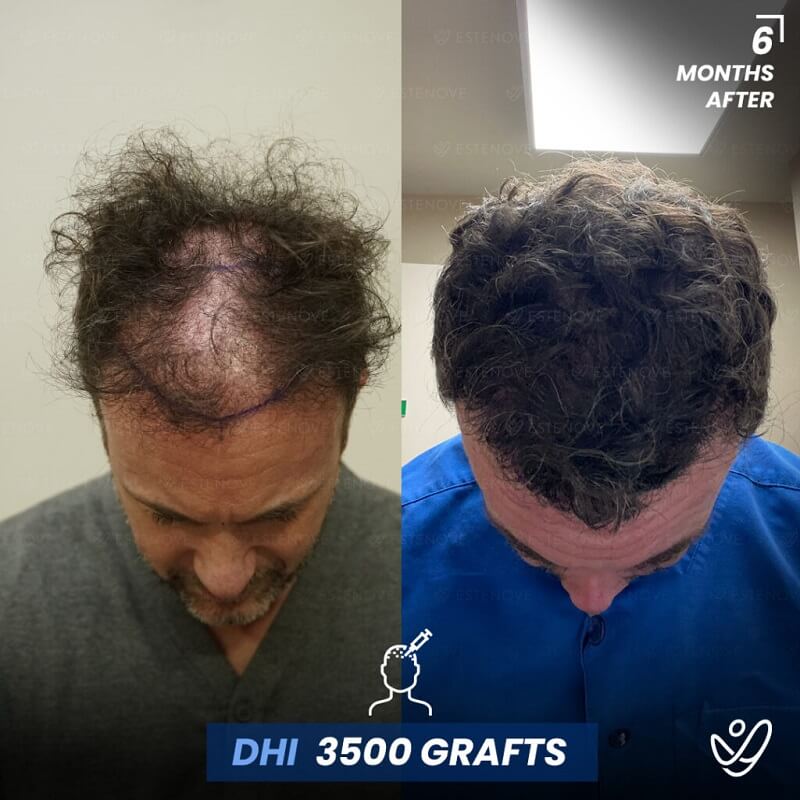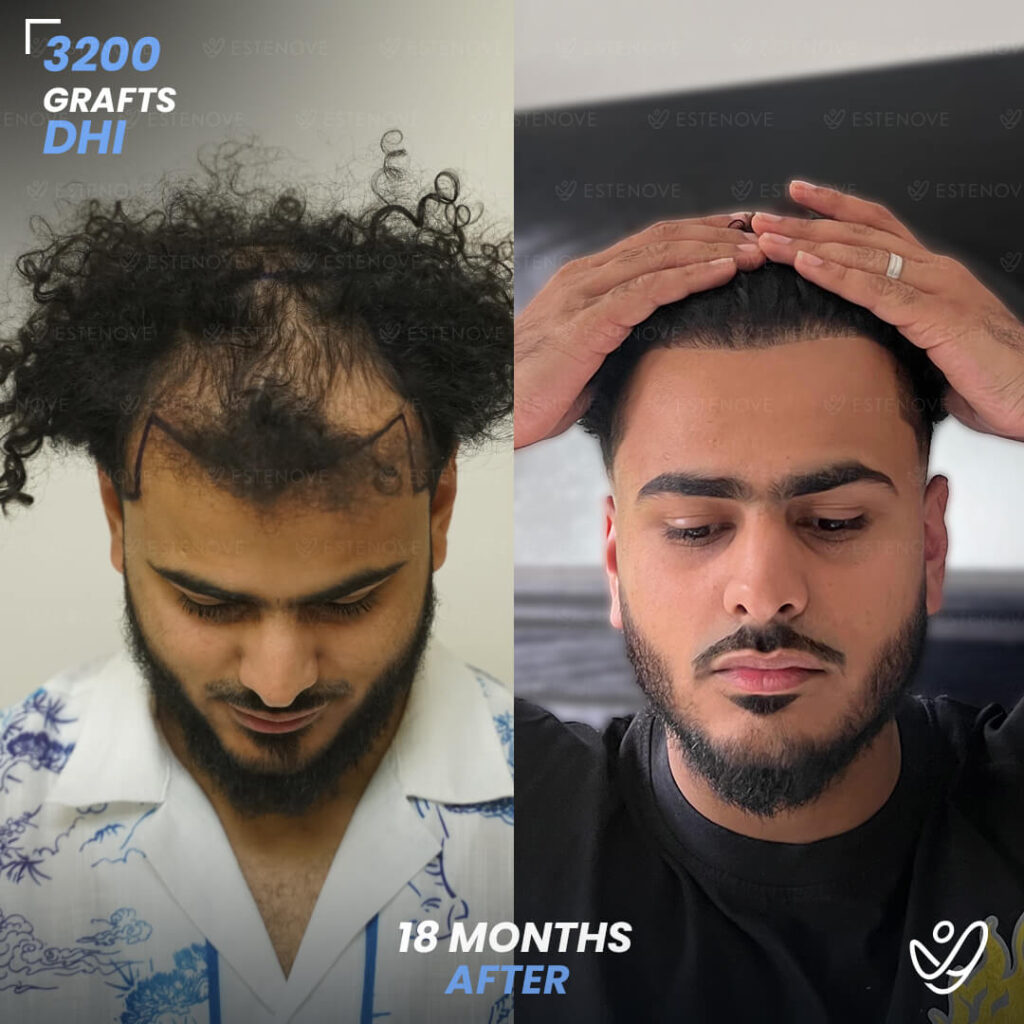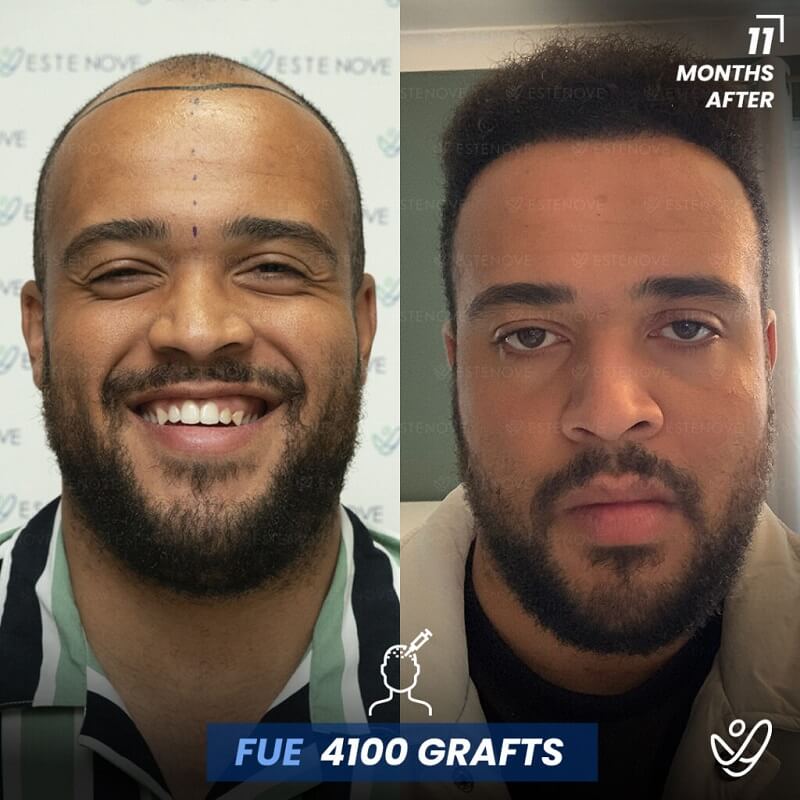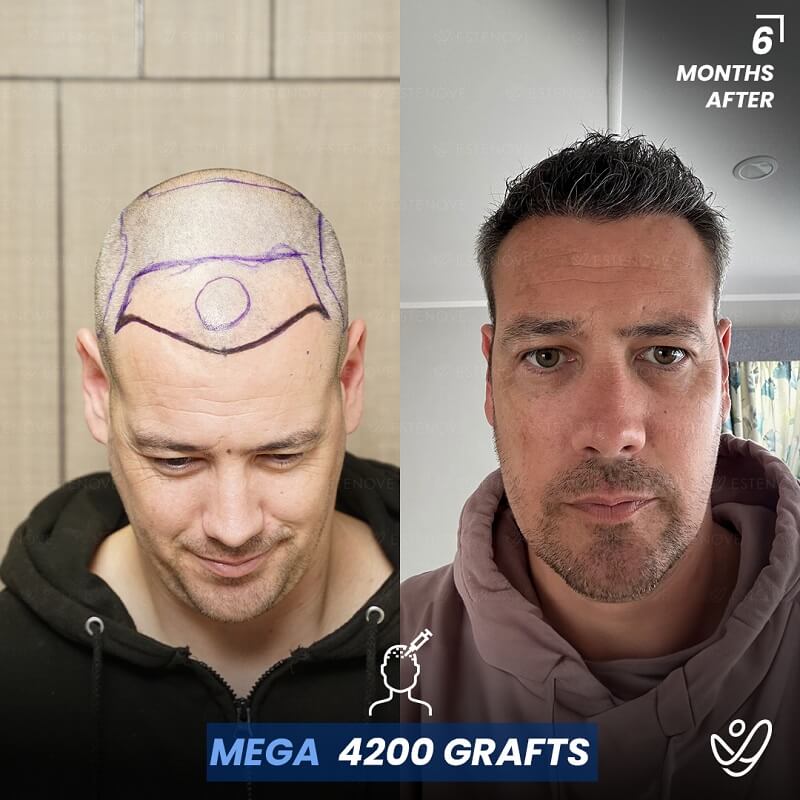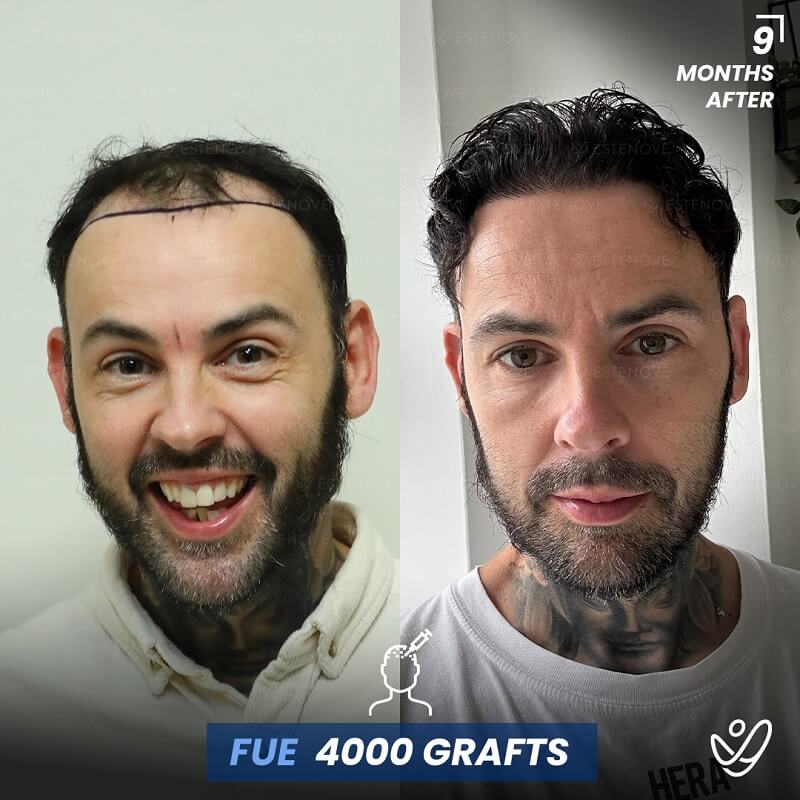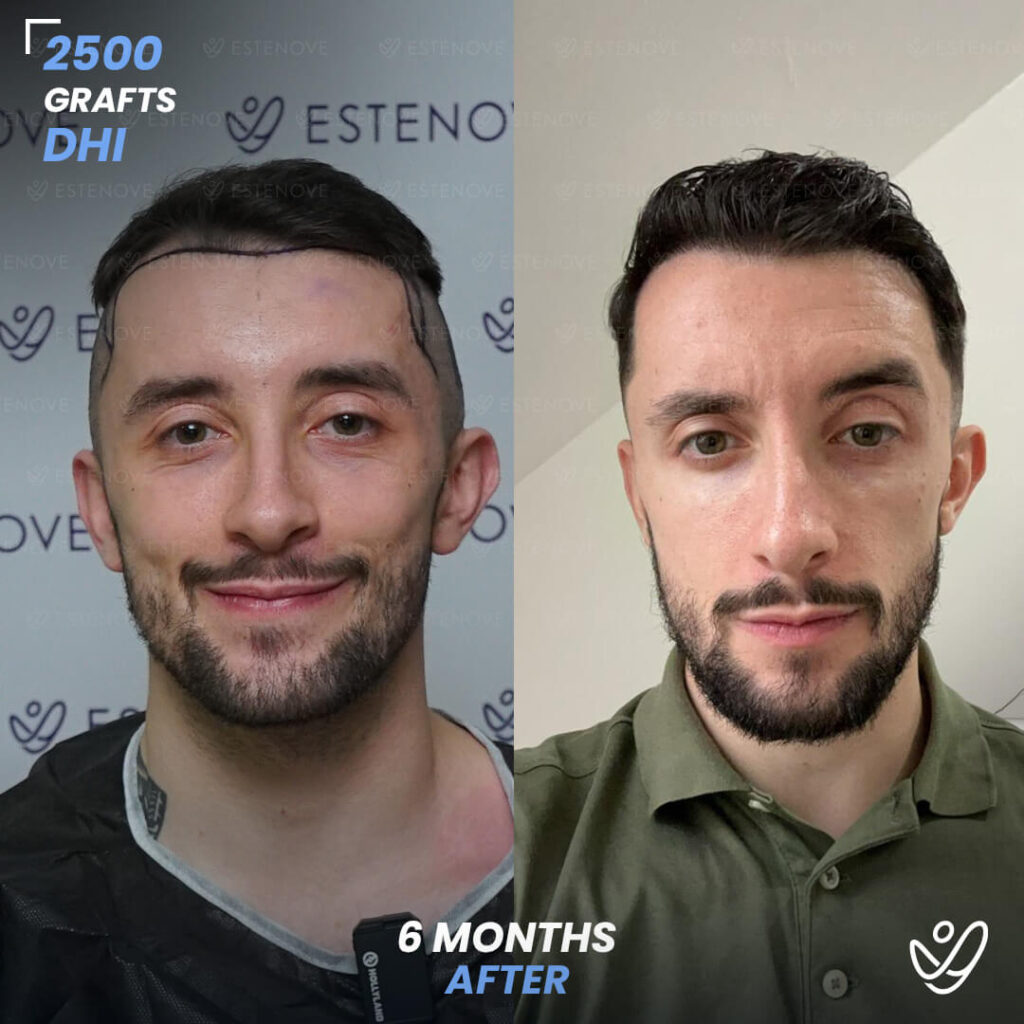
For many men, a full beard is more than just a style—it’s a symbol of confidence and maturity. But for those affected by beard alopecia, patchy or missing facial hair can be a daily source of frustration. Whether caused by autoimmune conditions, scarring, or genetics, beard hair loss is treatable—thanks to modern transplant techniques like FUE and DHI.
What Is Beard Alopecia?
Beard alopecia refers to facial hair loss that appears in patches or as complete thinning. The most common causes include:
- Alopecia areata: An autoimmune condition causing circular bald patches in the beard area
- Scarring: From injuries, surgery, or burns that destroy hair follicles
- Genetic factors: Naturally sparse or uneven facial hair growth
- Hormonal imbalances or grooming habits that damage follicles over time
In cases where follicles are permanently lost, a beard transplant is the most effective solution.
- Beard Transplant 3500 Grafts 6 Months Before&After
- Beard Transplant 9 Months Before&After
What Are the Treatment Options?
If the alopecia is temporary, treatments may include corticosteroids, topical creams, or PRP therapy. However, these solutions do not work when follicles are no longer active. That’s when transplantation becomes the most reliable and lasting solution.
At Estenove, we perform advanced beard transplants using FUE and DHI techniques, depending on your goals and beard shape.
Beard Transplant Techniques: FUE or DHI?
Both FUE and DHI techniques involve taking healthy hair follicles from the donor area (usually the back of the scalp) and implanting them into the beard zone.
- FUE: More suitable for covering wider beard areas. Requires channel creation before implantation.
- DHI: Ideal for shaping detailed beard lines and treating patchy alopecia with precision using a Choi pen.
See how these techniques compare in our FUE vs DHI guide.
Stages of Beard Transplantation
A typical beard transplant at Estenove includes four key stages:
- Consultation: Medical examination and personalized treatment planning
- Local Anesthesia: Painless preparation for the procedure
- Operation: Extraction of follicles and implantation into the beard area using sapphire blades (for FUE)
- Maintenance: Post-op care and guidance to ensure successful results
Choosing the Right Beard Style
Your facial shape plays a major role in how your beard frames your face. Here are some popular styles based on shape:
- Square face: Goatee or sculpted beard lines
- Round face: Full or tapered beard for elongation
- Oval face: Most styles work well—go for versatility
- Rectangular face: Mutton chops or chin strap beard
What Kind of Results Can You Expect?
Transplanted beard hairs grow naturally and can be shaped or shaved just like your original hair. Initial growth begins around 3 months, with full results developing over 9–12 months.
Since grafts are harvested from the scalp, the results are permanent—and resistant to future loss. For individuals with alopecia areata, long-term stability of the condition is evaluated before proceeding with surgery.
Get a Free Consultation
If you’re struggling with beard alopecia and want a lasting solution, our experts are here to help. Estenove provides personalized consultations, realistic expectations, and natural-looking results.
Use the form below to get started with your free online consultation.
Sources:
-
American Academy of Dermatology Association. (n.d.). Alopecia areata: Diagnosis and treatment. Retrieved April 14, 2025, from https://www.aad.org/public/diseases/hair-loss/types/alopecia
-
National Alopecia Areata Foundation. (n.d.). About alopecia areata. Retrieved April 14, 2025, from https://www.naaf.org/alopecia-areata
-
International Society of Hair Restoration Surgery. (2022). ISHRS 2022 Practice Census Results. Retrieved from https://ishrs.org/wp-content/uploads/2022/04/Report-2022-ISHRS-Practice-Census_04-19-22-FINAL.pdf

